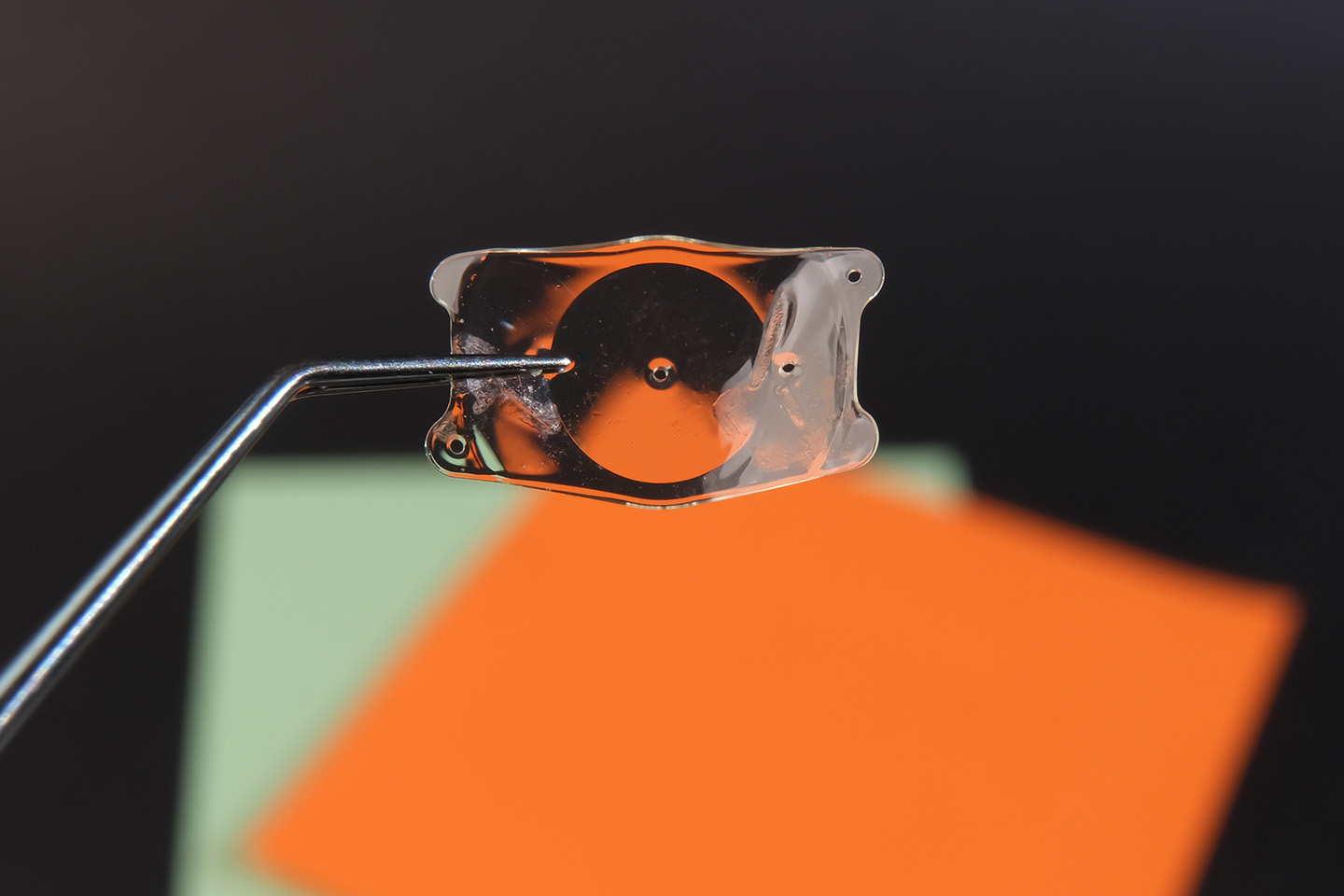5 Hygiene Tips to Remember When Using Eye Makeup

Without proper hygiene practices, regular use of eye makeup can lead to irritation and infections.
Eye makeup can give you beauty, glamor, and mystique — but sometimes, it can also cause eye infections. Wearing eye makeup doesn’t have to mean contracting pink eye, but makeup devotees should be aware of the potential risks associated with a complex beauty routine.
Fortunately, there are simple steps you can take to keep your eyes safe and healthy. But before we discuss how to prevent infection from eye makeup, let’s take a look at how eye makeup can impact your eyes. There are two main eye conditions that result from poor makeup hygiene practices:
- Conjunctivitis. More commonly known as “pink eye”, conjunctivitis is an itchy bacterial infection in the outermost mucus of your eye. Unsanitary application tools, or expired beauty products, can introduce bacteria into your eye and cause conjunctivitis.
- Scratched cornea. A scratched cornea can occur when your mascara brush or eyeliner pen touches the surface of your eye — even lightly. A scratched cornea is painful, and can turn into an itchy, red infection.
To prevent conjunctivitis or a scratched cornea, make sure to follow these five tips to safely apply eye makeup.
1. Don’t Share Makeup
When you share makeup brushes with other people, bacteria multiplies and passes from user to user. If the other user has an infection in their eye, sharing brushes all but guarantees that you will contract the infection. Remember that sometimes people carry conjunctivitis without showing symptoms, and you never know if a brush might be infected.
2. Check Expiration Dates
Makeup products have expiration dates for a reason. When your eye makeup passes its sell-by date, it develops a higher risk of developing bacteria. As a result, using your makeup past its expiration date can increase your risk of bacterial eye infection. This is especially true for liquid makeup such as liquid eyeliner and mascara.
3. Don’t Apply in the Car or on the Subway
It’s a given that it’s unsafe to apply makeup while driving. But, even if you’re sitting in the passenger’s seat, applying eye makeup in a moving vehicle increases the risk that you will bump a brush against your eye and scratch your cornea. The surface of your eye is extremely sensitive to touch, so even the slightest contact with your brush can lead to a scratched cornea.
4. Use Makeup Removers
Removing your makeup at the end of the day — especially when you go to sleep — prevents bacterial buildup. When you wear makeup for too long, bacteria has time to grow around your eyes, increasing the chance of an infection. When you remove your eye makeup, it’s safest to use sensitive makeup remover specifically designed for eye makeup removal.
5. Clean Your Makeup Brushes
Wash your brushes regularly, using water and cleanser. When you neglect to clean your makeup applicators, you’re creating a perfect environment for bacteria to multiply on old makeup buildup.
Many of us wear eye makeup regularly, and often daily. Always make sure your eye makeup routines are safe and hygienic. Eye makeup comes perilously close to the surface of your eye, which is highly sensitive to infection and scratching. Anyone who uses mascara, eyeliner, eyeshadow, and other types of eye makeup should know how to minimize the risk of infection.
If you’re dealing with conjunctivitis, a scratched cornea, or any other type of eye infection, visit an eye doctor today. For qualified eye care in the East Valley region of Arizona, request an appointment at our Mesa and Chandler locations. With over one hundred years of experience, Swagel Wootton offers patient-focused eye care for infections and other hygiene-related conditions.
[DISPLAY_ULTIMATE_SOCIAL_ICONS]








